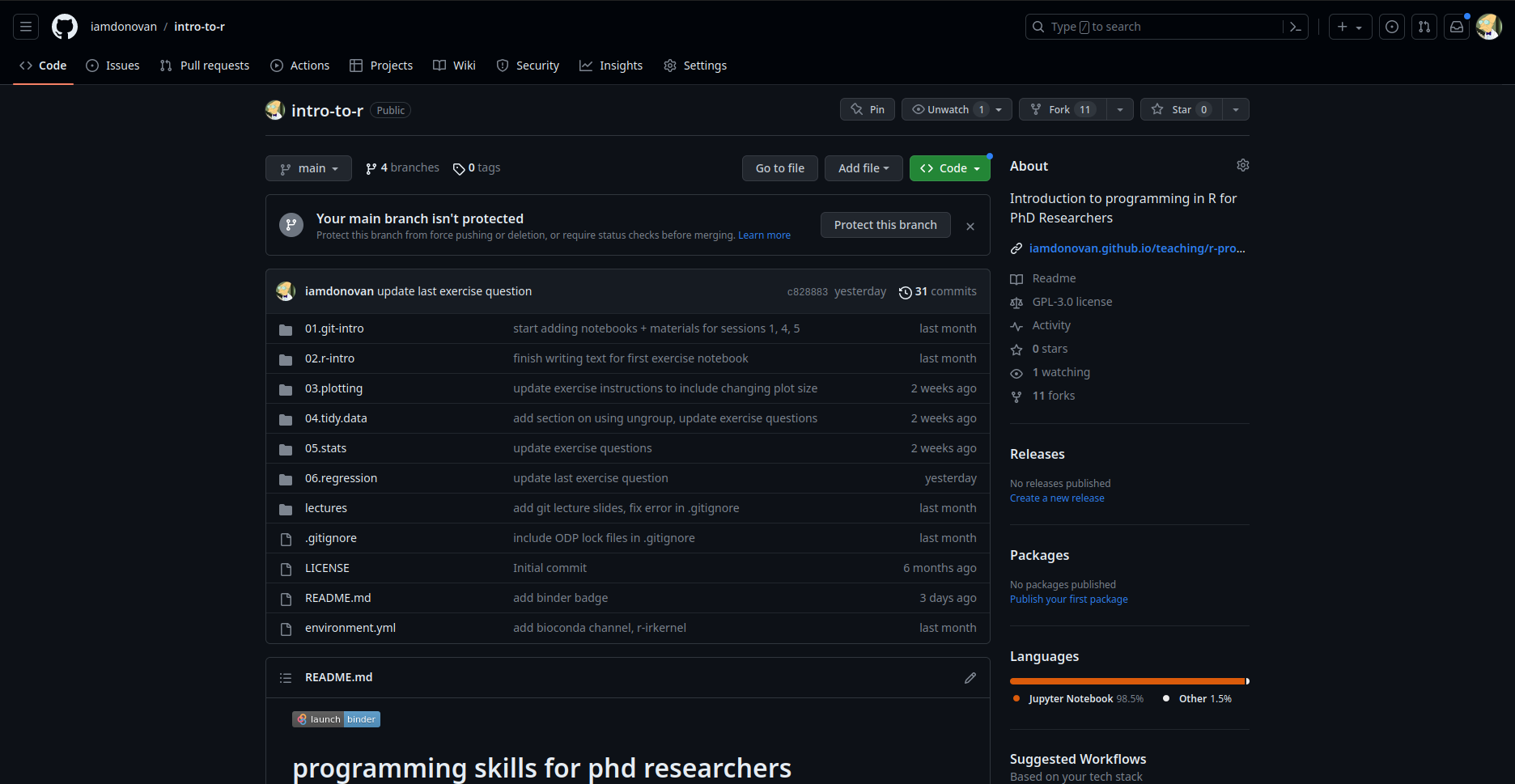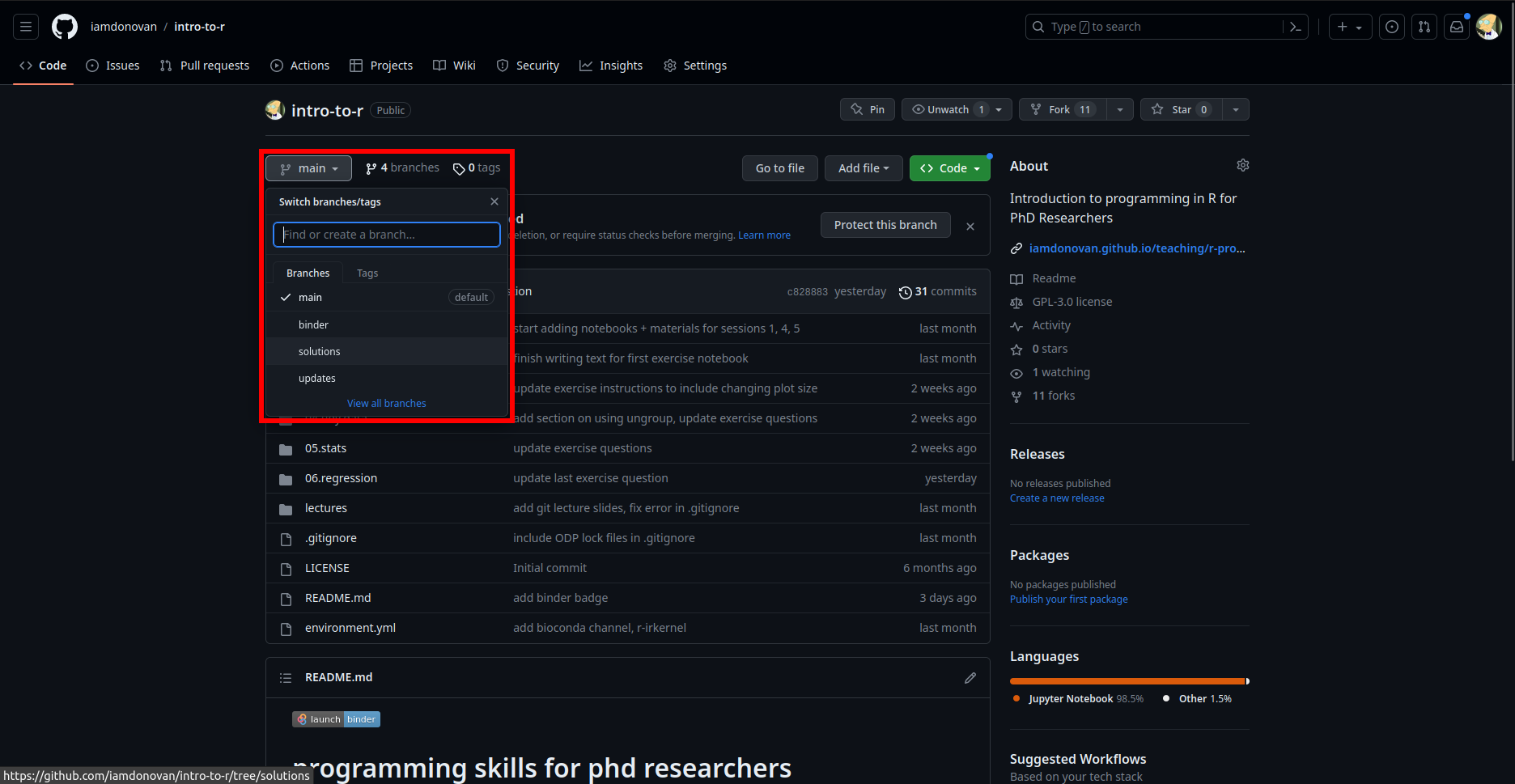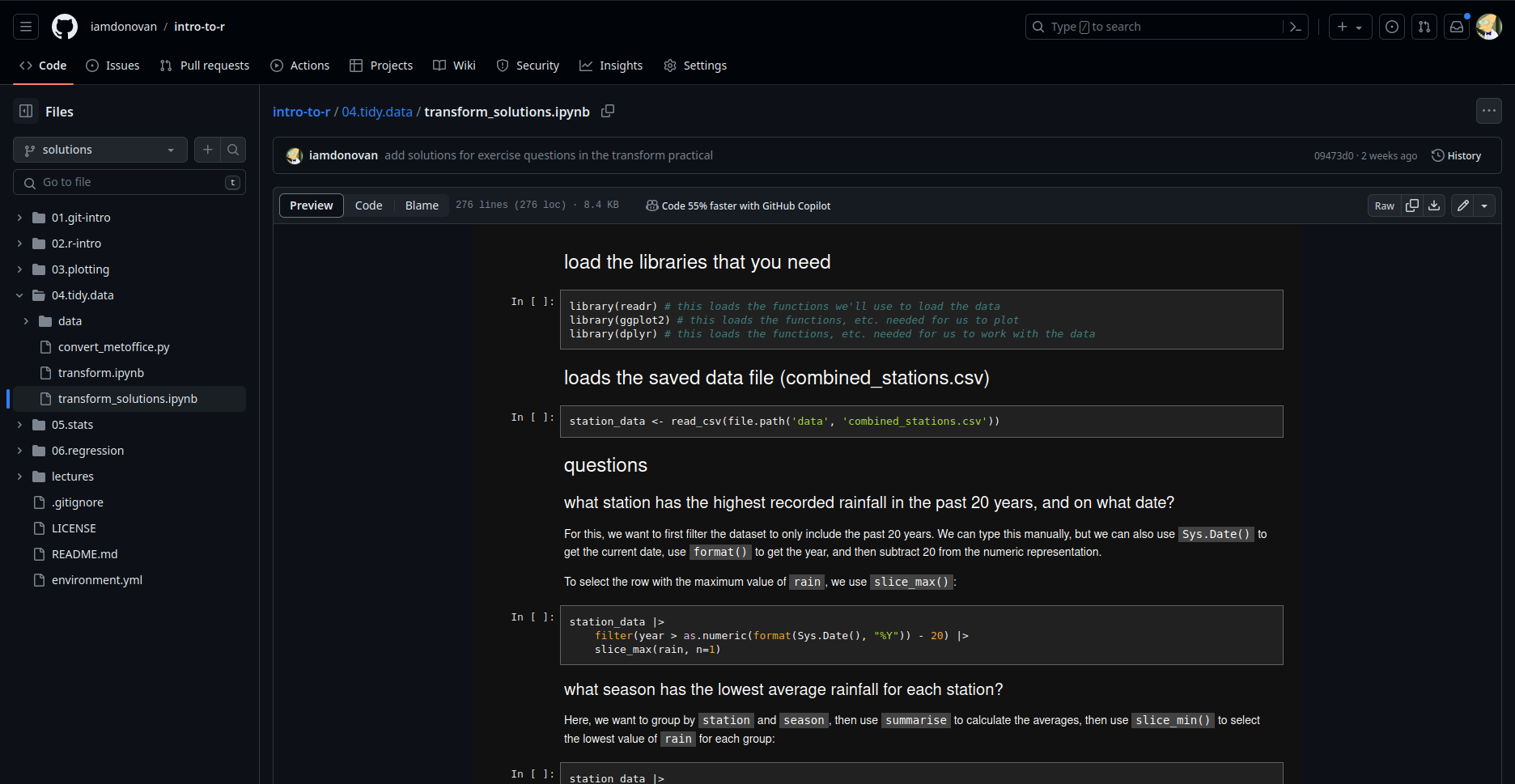a crash course in machine learning (using python) – under development#
Note
If you are unable to install all of the software on your own machine, you can still work through the exercises online by clicking the badge below:
This will (eventually) open an online interactive version of the material that you will be able to run from
within your web browser.
The goal of this course is to provide PhD Researchers with a brief introduction to practical machine learning using python. The topics covered include (but are not limited to):
types of machine learning (unsupervised, supervised, reinforced)
training, testing, and validation
overfitting, underfitting, and generalization
decision trees and random forest
measuring performance
support vector machine classification and regression
neural networks
ethics in machine learning/artificial intelligence
deep learning
Before moving on to the practicals below, be sure to visit the setup page to make sure that you have the software and materials set up in order to get started.
session |
theme |
exercise topic(s) |
1 |
basics of machine learning |
|
2 |
training and generalization |
|
3 |
feature design and engineering |
|
4 |
measuring model performance |
|
5 |
support vector machine |
|
6 |
neural networks |
|
7 |
ethics in ml/ai |
|
8 |
generative ai |
|
9 |
unsupervised learning |
|
10 |
deep learning |
exercise solutions#
At the end of each of the exercises, I have provided a list of additional exercises for you to practice the skills and
concepts covered in each session. On the GitHub page for the class,
you can find some example solutions that I have provided on the solutions branch. To get there, click the link
above, which should take you here:

Next, click the button that says main to show a list of branches, then select solutions:

This will show you the files included on the solutions branch - inside each folder, you should find script or
notebook file that contains example solutions for each of the exercise questions:

Remember that as we have discussed in the workshop, these solutions are not the only possible solutions to the
questions - there are potentially many different ways to answer the questions!